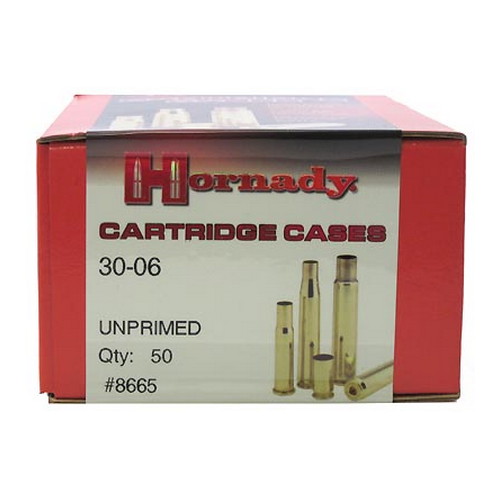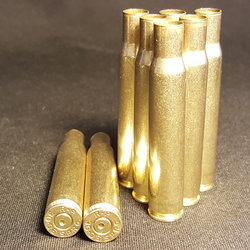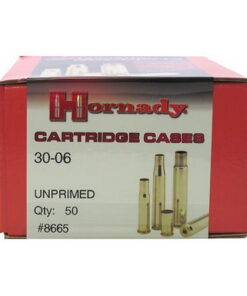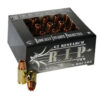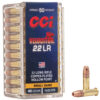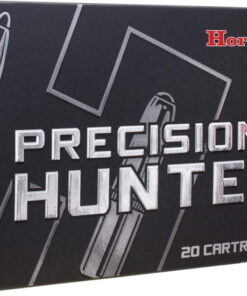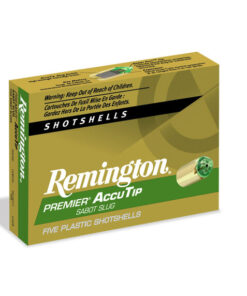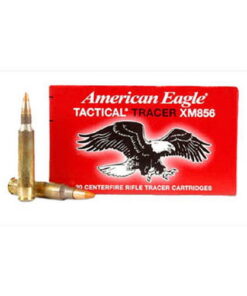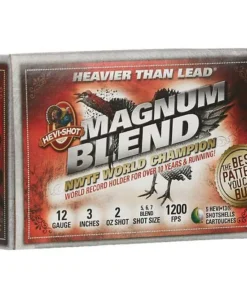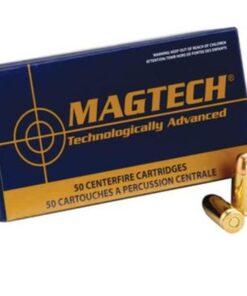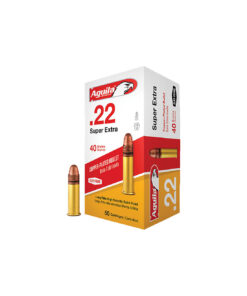30-06 Unprimed Cases
$300.00
Exploring the Versatility and Power of .30-06 Unprimed Cases Ammo: Specifications and Insights | 50RD
.30-06 Unprimed Cases
Introduction
The .30-06 Springfield cartridge, colloquially known as the “.30-06,” holds a storied history as one of the most influential and versatile rifle cartridges ever developed. Its exceptional performance across a wide range of applications, from hunting to military use, has solidified its place in firearms history. One essential component of this cartridge is the unprimed case, which serves as the foundation for reloading enthusiasts and ammunition manufacturers alike. In this article, we delve into the specifications and insights surrounding .30-06 unprimed cases ammo.
Specifications
The .30-06 unprimed cases ammo follows a set of specifications that define its dimensions, materials, and performance characteristics. These specifications ensure compatibility and uniformity in reloading processes and ammunition production. The following are the key specifications of .30-06 unprimed cases:
- Case Dimensions: The .30-06 unprimed case typically has the following dimensions:
- Case Length: 2.494 inches (63.35 mm)
- Case Base Diameter: 0.470 inches (11.94 mm)
- Shoulder Diameter: 0.441 inches (11.20 mm)
- Neck Diameter: 0.343 inches (8.71 mm)
- Case Material: Unprimed cases are usually constructed from high-quality brass. Brass is favored for its durability, corrosion resistance, and malleability, which allows for easy resizing and reloading.
- Primer Pocket: The primer pocket is a recessed area in the base of the case that holds the primer. It is an integral part of the unprimed case and must be uniform in depth and diameter to ensure consistent ignition.
- Case Wall Thickness: The thickness of the case walls affects factors such as case capacity and overall strength. While variations in case wall thickness can exist between different manufacturers, it’s crucial to maintain uniformity to achieve consistent performance.
- Case Capacity: The internal volume of the unprimed case affects the amount of propellant that can be loaded. Variations in case capacity can lead to discrepancies in velocity and pressure, impacting accuracy and safety.
Insights
- Reloading Flexibility: Unprimed cases offer reloading enthusiasts the opportunity to tailor their ammunition to specific preferences. Reloading allows shooters to experiment with different bullet weights, powder charges, and primer types, fine-tuning their loads for optimal performance.
- Cost-Effectiveness: For avid shooters who go through large quantities of ammunition, reloading can be more cost-effective than purchasing factory-made rounds. Unprimed cases provide a foundation for this process, reducing the overall expense of shooting.
- Accuracy and Consistency: Reloading using unprimed cases offers the potential for increased accuracy and consistency. Handloaders can control various factors such as bullet seating depth and powder charge, which can have a direct impact on precision.
- Sustainability: Reusing unprimed cases promotes sustainability by reducing the need for new brass production. This eco-friendly practice aligns with the principles of responsible firearms ownership and environmental stewardship.
- Educational Value: Reloading with unprimed cases fosters a deeper understanding of ammunition components, ballistics, and firearm mechanics. It encourages shooters to engage with their equipment on a more comprehensive level.
Related products
FIREARM AMMUNITION
Federal American Eagle Syntech 9mm 150gr, Total Synthetic Jacket, 50rd Box

